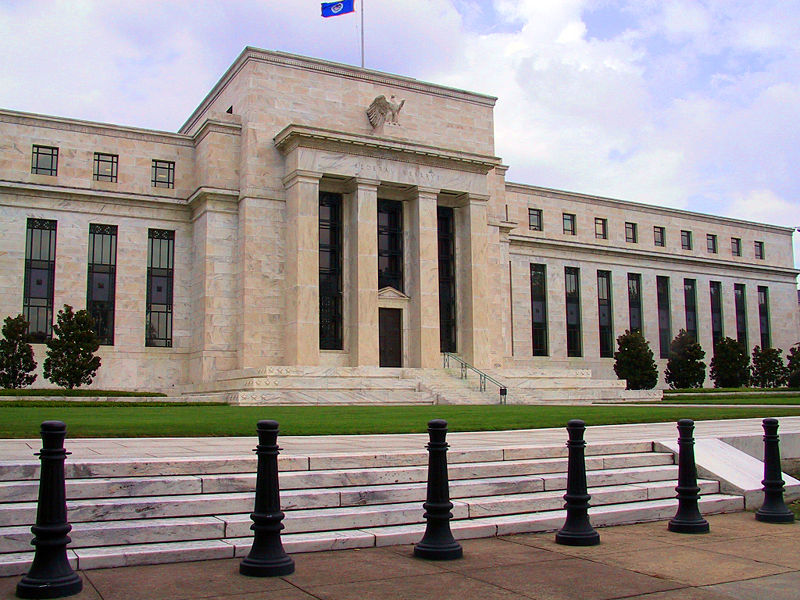Macroeconomics and Stagnation – Keynesian-Schumpeterian Wars
Policy makers in the advanced economies at the core of the global financial crisis can make the claim that they prevented a new “Great Depression”. However, recovery since the outbreak of the crisis more than five years ago has been sluggish and feeble. Since these macroeconomic outcomes have to some extent been shaped by policy mixes adopted in those economies in response to the crisis, the appropriateness of those policy choices is a question worth revisiting. This is particularly the case as one considers the hypothesis that a long-run trend toward stagnation may have already been at play during the pre-crisis period, even if temporarily countervailed by pervasive asset price booms.








